Share the page
Ghana: the dam for a renewable future
Published on
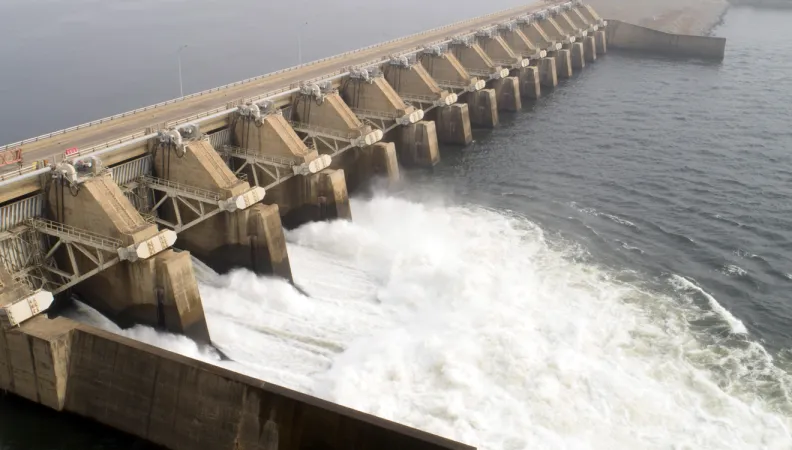
At the Kpong Dam, the infrastructure has been upgraded and automated to provide a greener and more stable energy supply for Ghana.
In the control room of the hydroelectric dam in Kpong in eastern Ghana, the engineers are regulating the spillway gates on computer screens. This a huge change because all these maneuvers were still being done manually before the facilities were rehabilitated. rehabilitation of these facilities.
Located in Akuse, this 160 MW dam is one of two facilities that generate 30% of Ghana’s national electricity. It is owned and operated by the Volta River Authority (VRA), the long-standing public utility for Ghana’s electricity production. Commissioned in 1982, this hydropower plant operated reliably until the early 2000s, after which, power outages caused by the outdated equipment have since become increasingly frequent.
To address this problem, the government has called on independent power producers, most of which supply thermal energy, which often tends to pollute. Supported by Agence Française de Développement (AFD), the rehabilitation of the dam was necessary to supply more stable and cleaner energy in Ghana. Following this rehabilitation, consumers now benefit from an improved and reliable electricity supply. Another significant improvement is that the dam operators can now diagnose problems faster.
A. Ghana Control Room
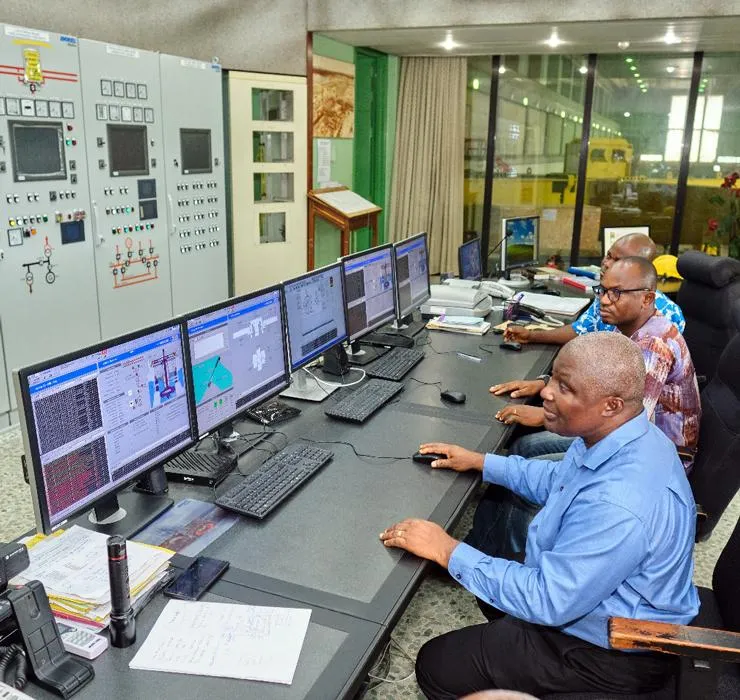
Joshua Adjei: producing better, producing more
Joshua Laryea Adjei is a telecommunications engineer and a consultant for the project. This specialist, who has been on hand through all the stages, explains the rehabilitation of the Kpong Dam. “The hydraulic valves of the water intake and spillway have been renovated and automated so that the operators can operate them remotely from the control room or turbine floor. Also, the dam’s electrical and mechanical services have been upgraded.”
The works have also replaced components on the turbine, parts on the generator and installed a new battery system for the hydropower plant. For the consultant engineer, the results are palpable: “With its rehabilitation, the Kpong Dam is a better producer of more reliable and more sustainable energy.”
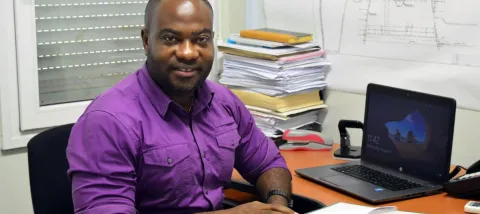
Nana Kum: more performance, more expertise
Nana Kum Sam-Awortwi, a project manager at the Volta River Authority (VRA), says that “the main advantage of this renovation is that the lifespan of the facilities has been extended by 25 to 30 years. We now have state-of-the-art equipment. The efficiency of this new plant makes it easier for us to do things and reduce maintenance costs. I’ve personally had the opportunity to learn a lot. This project has been an eye-opener for both myself and the team.”
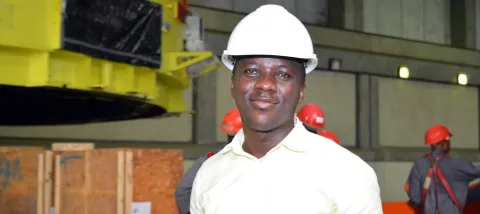
Mary Kpogli: a job for her family
Mary Kpogli, 45, has two children. She comes from the region and was hired as a welder at the Kpong Dam. She got the job when the rehabilitation project started in 2014. “This job has really helped me provide for my family”, she says. Like Mary, many other people living near the project site have been hired by the power plant. About a hundred jobs have been created.
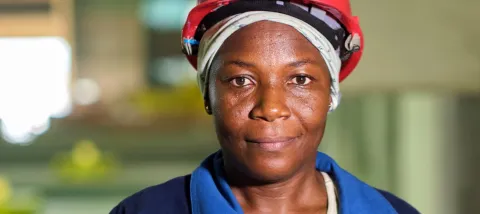
Securing the electricity supply
One of the main objectives of the Kpong Dam rehabilitation program is “to secure Ghana’s hydropower supply”, says Camille Le Thuc, project team manager at AFD’s Energy Division. “This has long been a concern in this country, the first in the region to build a 1,000 MW dam in the 1960s.”
The other major aim concerns the production of clean energy. An energy in line with the government’s targets. It adopted a law on renewable energies in 2011 with the objective of increasing domestic production. With these new facilities, the Kpong Dam is helping realize this objective by reducing greenhouse gas emissions.
However, the development of renewable energies (REN), such as solar and wind energy, is still in its infancy and they account for less than 1% of the mix. “The plant is more reliable thanks to the state-of-the-art technology. It will be able to operate at full capacity and generate carbon-free electricity to supply the domestic grid”, says Johnson Hlodzie, Director of the power plant. Some 400,000 tons of CO2 are avoided yearly.
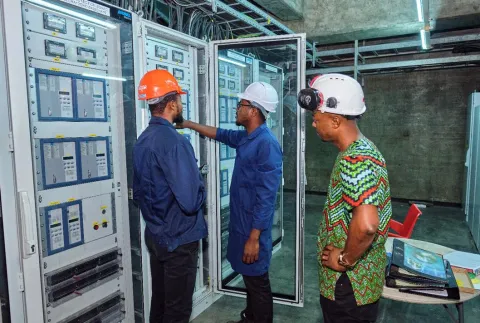
A dam with many benefits
With its capacity, the Kpong Dam is bringing an additional 160 MW of renewable energy to the national energy mix. In addition to the electricity production, the dam is also providing irrigation water for agriculture and supplying several municipalities.
This 100% renewable energy power plant has also put the country on a virtuous path towards achieving its sustainable development goals. In addition to this, the realization of this project is a strong symbol of the renewed partnership between France and Ghana.
